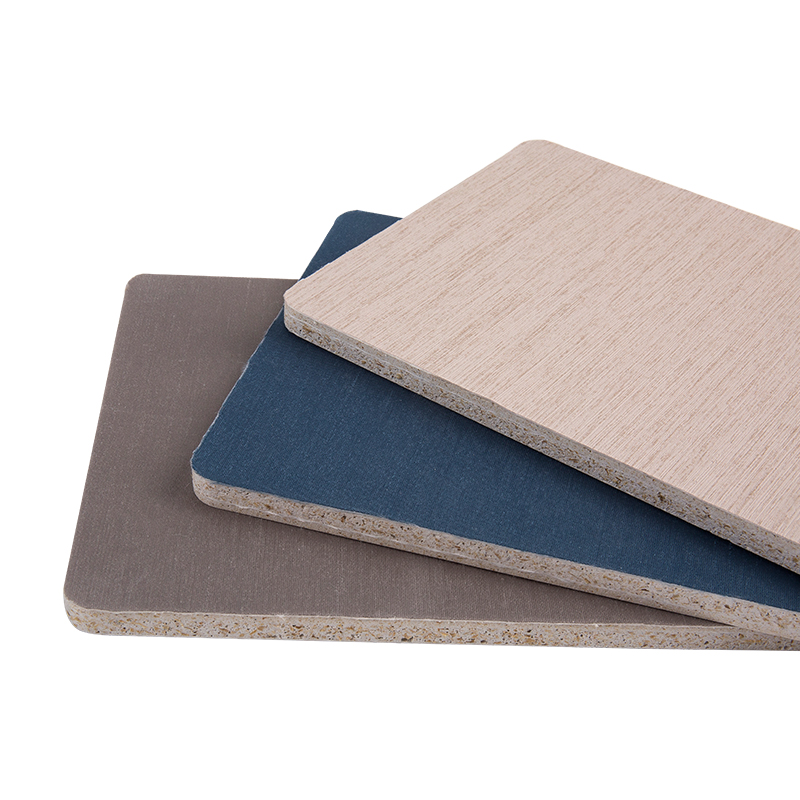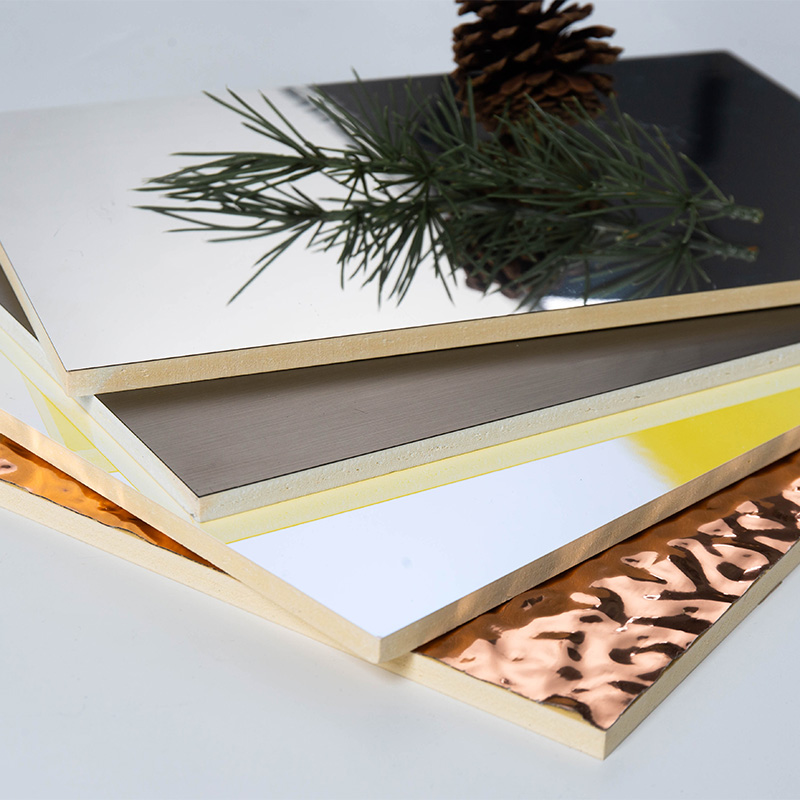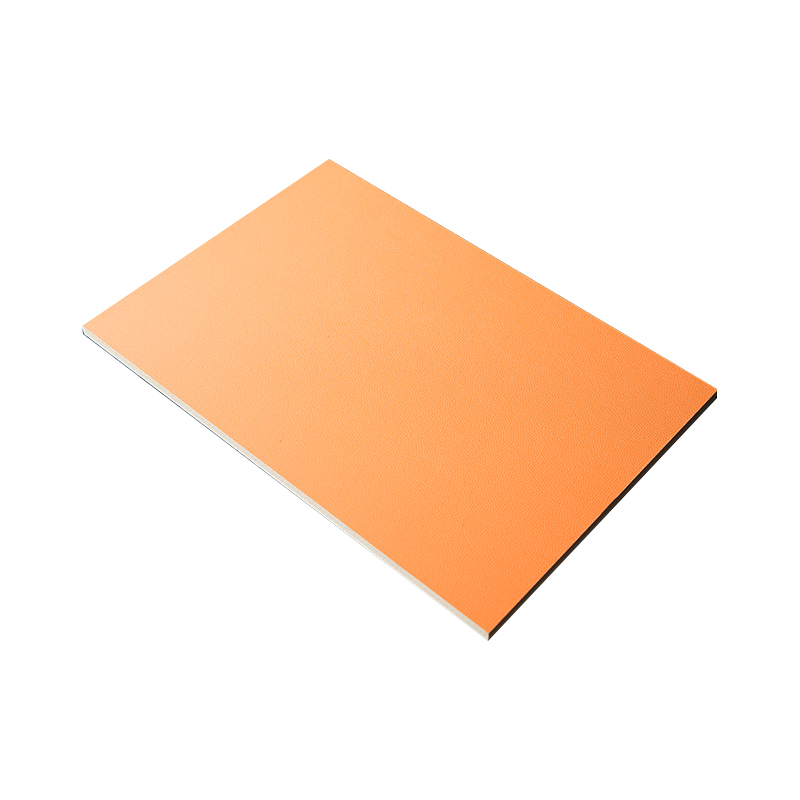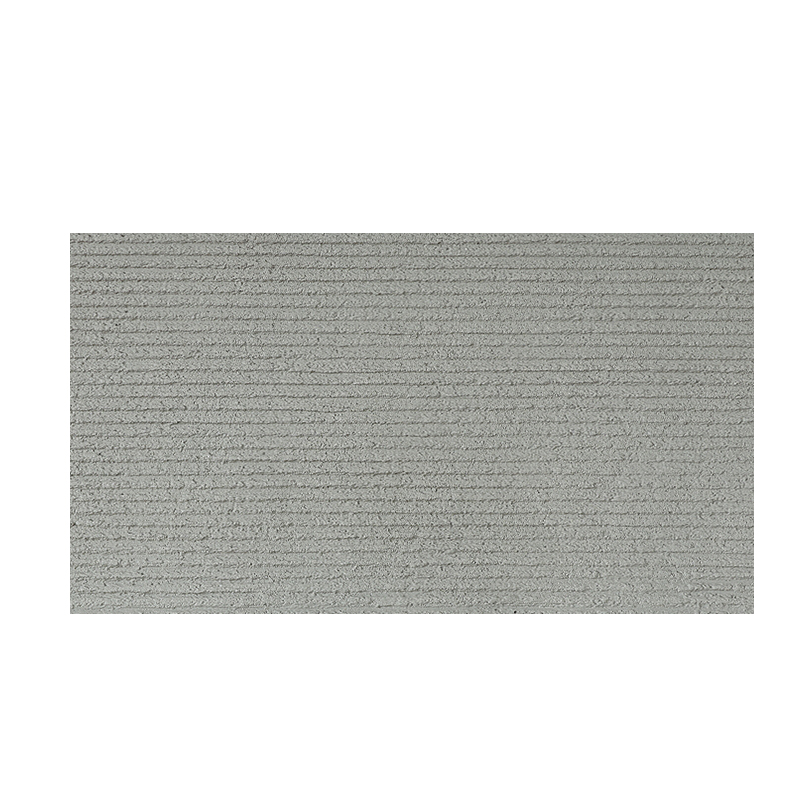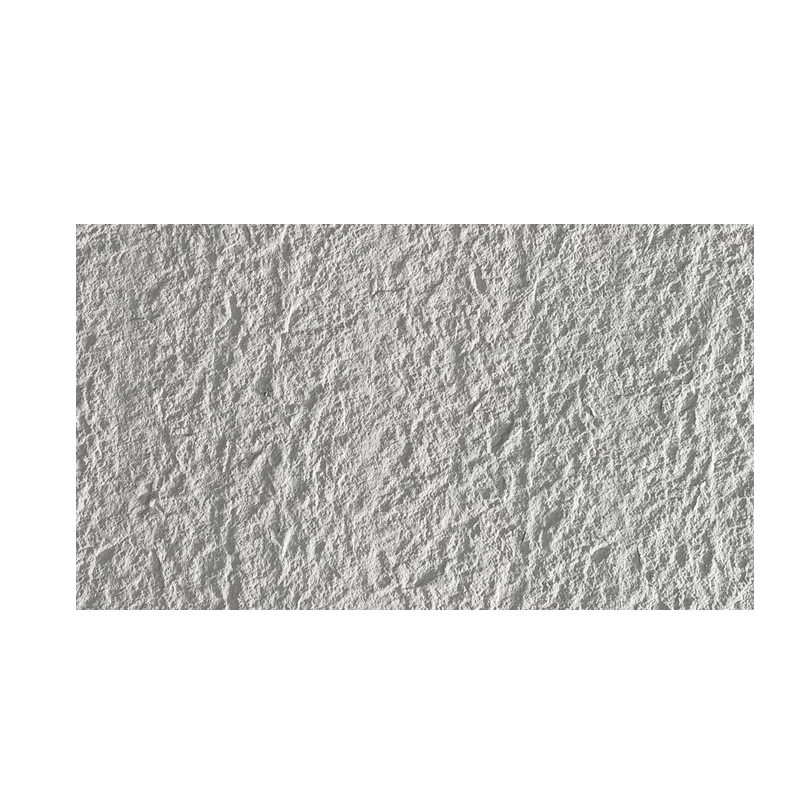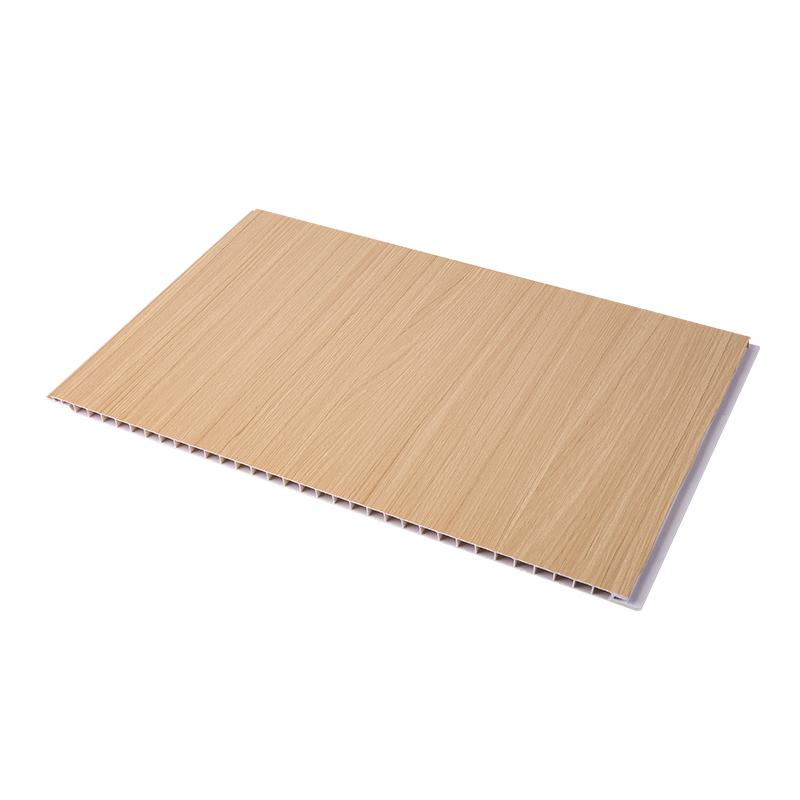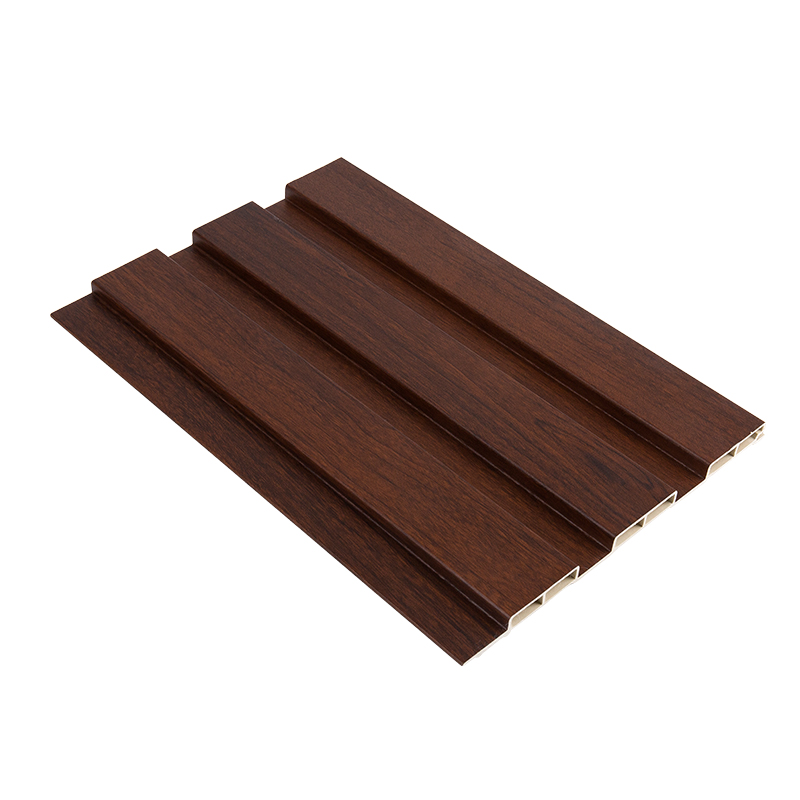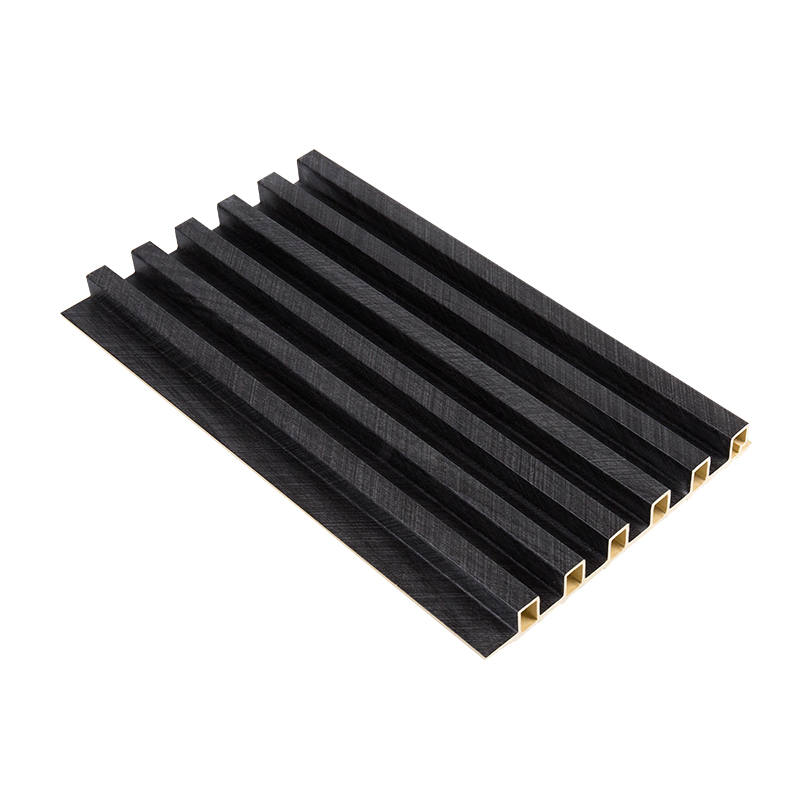+86-18367343973
Introduction: The Rise of WPC Siding in Modern Construction
Wood-Plastic Composite (WPC) siding has quickly gained traction in the construction industry due to its impressive durability and eco-friendly properties. As an alternative to traditional wood siding, WPC offers numerous advantages that make it an attractive choice for both residential and commercial properties. Traditional wood siding has been a staple in construction for decades, but the evolving demands for sustainable, low-maintenance, and long-lasting materials have led many to reconsider its practicality. This article explores the durability and environmental benefits of WPC siding, comparing it to traditional wood siding to help homeowners and contractors make informed decisions.
Interior Decorative WPC Wall Panel WPC Wall Cladding YXBM1229
Durability: WPC Siding vs Traditional Wood Siding
One of the primary factors influencing the choice between WPC siding and traditional wood siding is durability. Both materials offer unique benefits, but they perform differently when exposed to the elements. WPC siding is engineered to withstand harsh weather conditions, resist moisture, and prevent rot. In contrast, wood siding is prone to damage from insects, mold, and weathering unless it is treated and maintained regularly.
- Performance in extreme weather conditions: WPC siding can endure temperature fluctuations, high humidity, and heavy rain without warping or degrading, unlike wood, which expands and contracts with moisture.
- Resistance to rot, insects, and mold: WPC siding is impervious to termites and fungal growth, making it a more durable option compared to wood, which is susceptible to these issues.
Durability Comparison Breakdown
The performance of WPC siding and wood siding can be significantly different, especially when it comes to long-term durability. WPC panels are designed to last for several decades with minimal maintenance, while traditional wood siding requires regular treatments to prevent deterioration.
| Material | Durability | Resistance to Moisture | Maintenance |
| WPC Siding | 20+ years | High | Low |
| Wood Siding | 10-15 years | Low | High |
Cost and Maintenance Considerations
While WPC siding may have a higher initial installation cost, it is important to consider its long-term value. Traditional wood siding requires regular maintenance, including staining and sealing to prevent moisture damage, while WPC siding is virtually maintenance-free. Over time, the cost of maintaining wood siding can add up, making WPC a more cost-effective solution in the long run.
- Initial installation costs: WPC siding tends to have a higher upfront cost, but the investment pays off due to lower long-term maintenance expenses.
- Long-term maintenance and durability: WPC siding requires only occasional cleaning, while wood siding needs regular treatment to maintain its appearance and performance.
- WPC vs wood in terms of repair and upkeep costs: WPC panels are resistant to damage from the elements, reducing the need for repairs compared to traditional wood siding, which may need to be replaced or repaired more frequently.
Environmental Benefits of WPC Siding
WPC siding offers significant environmental advantages over traditional wood siding. As an eco-friendly alternative, WPC is made from recycled materials, including wood fibers and plastic, which helps reduce the demand for virgin wood. This not only conserves natural resources but also lowers the carbon footprint of production and disposal. Additionally, WPC panels are fully recyclable at the end of their life cycle, further contributing to their environmental benefits.
- Eco-friendly materials used in WPC panels: WPC is often made from recycled wood fibers and plastics, reducing waste and the need for new resources.
- Reduced environmental impact of production: Manufacturing WPC siding generates fewer carbon emissions compared to traditional wood siding, making it a more sustainable choice.
- Sustainability of WPC vs traditional wood: Since WPC is made from recycled materials, it helps minimize deforestation and promotes a circular economy.
Sustainability and Eco-friendliness of WPC
The sustainability of WPC siding stems from its use of recycled content, which diverts waste from landfills and reduces the need for raw materials. Additionally, the production process of WPC siding involves less energy and water consumption compared to traditional wood, further minimizing its environmental footprint.
| Material | Recycled Content | Energy Consumption | Carbon Footprint |
| WPC Siding | High | Low | Low |
| Wood Siding | Low | High | High |
FAQ
What is the lifespan of WPC siding?
WPC siding typically lasts for 20 years or more, depending on the climate and maintenance. Its durability is significantly higher than that of traditional wood siding, which typically lasts between 10 and 15 years.
Is WPC siding more environmentally friendly than wood siding?
Yes, WPC siding is considered more environmentally friendly because it is made from recycled materials and requires less energy to produce. Additionally, it is recyclable at the end of its lifespan, reducing waste.
How does the cost of WPC siding compare to wood siding?
While WPC siding may have a higher initial cost, it offers significant savings in the long term due to its low maintenance requirements. Wood siding, on the other hand, requires regular upkeep, which can increase its overall cost over time.
